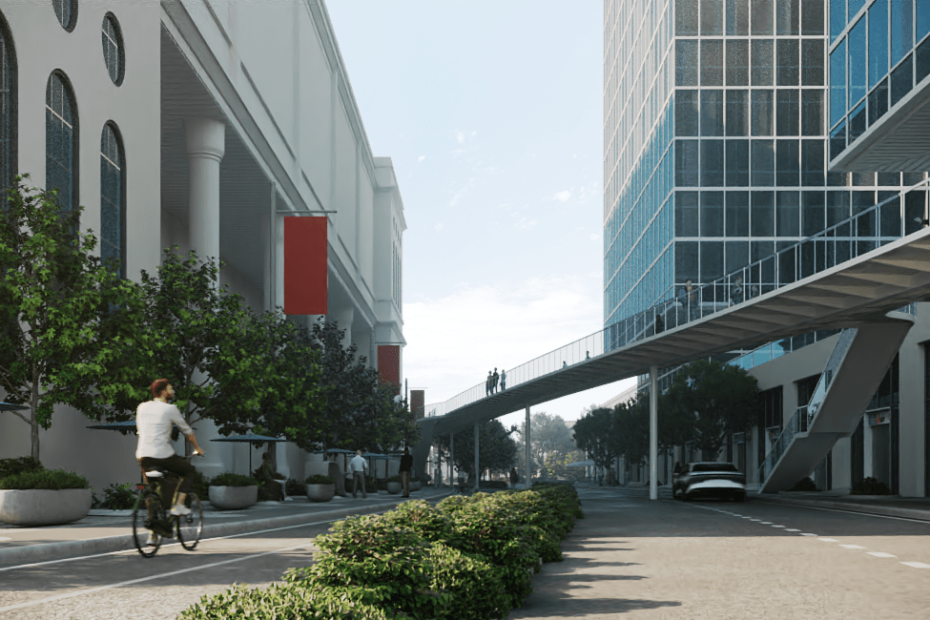Transforming a sprawling city into a net-zero city
Understandably, leaders at COP26 concentrated on domestic problems in a global perspective. However, urban growth transcends national boundaries. The spreading cities of the southern hemisphere in particular make the climate issue worse and endanger the social and economic stability of urban areas. 70% of the world’s population will reside in urban areas by 2050. They can’t be disregarded.
Urbanization must be carefully thought out and planned, rather than the outcome of speculation and squatter settlements, if it is to contribute to the creation of a net-zero metropolis.
promoting a healthy urbanization
The following six characteristics are essential for urbanization to produce social, environmental, and financial benefits:
densely populated areas
Building urban settlements at a density that achieves a critical mass capable of providing a community’s vital amenities, such as public transportation, social, and commercial services, is necessary. Without density, we only create dormitory-style residential zones that depend on a car-based transportation system and lack the basic amenities that make cities function. As a result, there is social isolation and a high cost of living.
mixed-use communities
The community must be able to get all they need for everyday life within a 20-minute walk in these mixed-use areas, which is the second prerequisite.
Accessibility is only one reason why mixed-use neighborhoods are crucial; by removing the peaks and valleys of single-use neighborhoods, it also ensures that the expensive infrastructure necessary for successful urban regions is utilised to its fullest potential. Working remotely during COVID has demonstrated how important mixed use is to improving accessibility and livability in our neighborhoods. Additionally, it can help to lessen traffic and cut down on the amount of time spent on long commutes.
with access to public transportation
In order to facilitate simple access both locally and within metro areas, communities must be properly connected. This will facilitate the shift away from a car-based society and allow for a greater balance between all kinds of transportation.
Streets, which account for 80% of a city’s public space, can be made more pedestrian-friendly, as is the case in compact towns in the northern hemisphere, which results in a livelier, more active street life.
Public area that is accessible
The public space gets better with density, mixed use, and well-connected people. Places with expanded pathways, tree-lined streets, and sidewalk cafes will be places to linger rather than just pass through. We should exercise our democratic and social experiences on the streets. They ought to be welcoming areas that are secure and energetic, where we can interact, transact, and observe daily life.
Local remedies
It’s crucial that we construct these locations in sync with their surroundings.
They must convey the regional aesthetic and climate that come from low-energy responses to fostering a sense of place. Generic solutions that rely on air conditioning and shipping and have a uniform appearance work against net zero goals. We should take note of how earlier generations and societies naturally comprehended issues and created straightforward answers when developing our upcoming structures.
Putting adaptation first
Finally, we must acknowledge that in order to attain the crucial elements outlined above. W now reside in cities that are not well suited for net zero living. Some cities use incremental adaptation by converting old office buildings into residences, turning tarmac into open space, and widening footpaths to transform an urban heat island into an urban forest.
These six essential changes can have a significant, low-cost impact on our communities’ social and economic outcomes.
putting improvements into practice to create a net-zero city
These and other components can be implemented by state, local, and urban planners. Politicians and their advisors tend to steer clear of changing cities since it is frequently perceived as an expensive and time-consuming procedure with slow returns.
Despite existing in various economic and social contexts, sprawling cities throughout the Southern Hemisphere are comparable in many aspects. Many were designed to resemble colonial cities, with a grid layout, a solid central core, and outlying suburbs, each supported by a local activity center that offers local services and shops.
An important change for net-zero cities
National leadership is necessary for the transition from expansive cities to compact ones. It’s not tough, but it’s crucial if we want our cities to be sustainable, cohesive, and prosperous economically.
The challenge, as it is shown above, only calls for improvements to about 7.5% of our cities. Specifically to the areas near existing activity centers and public transit corridors.
Smaller-scale modifications like rooftop solar, localized batteries, water catchment, and urban trees would be made to the remaining 92.5%. All of this is already being done in Melbourne.
The cost of sustainable infrastructure is declining, and it is becoming more accessible and resilient. Because to these factors as well as a rise in cycling, walking, and the innovative trackless trams produced in China.
Our suburbs might develop into expanded green wedges while keeping many of the important qualities that make them valuable.
For the past 30 years, Central Melbourne has led the way in this shift. The trip to net zero would be more feasible if the next 30 years were spent transforming our metropolitan area and other cities followed suit. Our cities would become more livable as a result.
Leaders must make a commitment to help and empower cities to flourish in accordance with the recognized components of net-zero and liveable cities. In addition to the pledges made by leaders at COP26 to save our forests.
More on INJ Architects:
